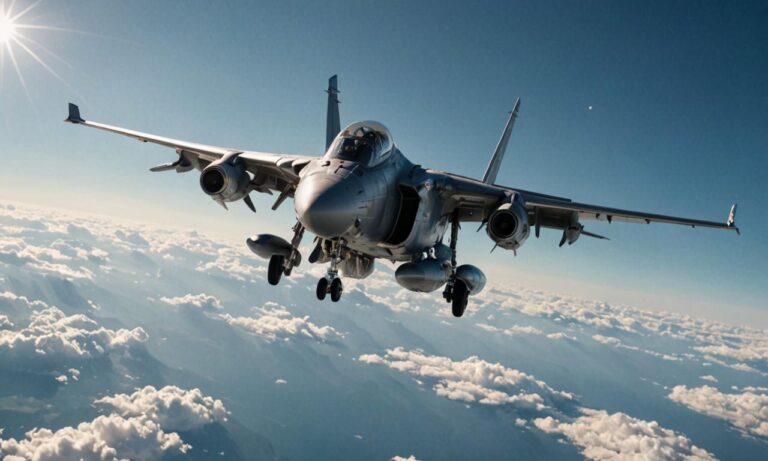Exploring the vast array of aircraft types reveals a world of innovation, engineering marvels, and diverse functionalities. From the graceful lines of passenger planes to the powerful presence of military jets, the spectrum of aircraft serves various purposes across industries and sectors.
Commercial Aircraft
Commercial aircraft dominate the skies, shuttling passengers and cargo across continents. These aircraft are designed for efficiency, comfort, and safety. From narrow-body jets like the Boeing 737 to wide-body giants like the Airbus A380, commercial aircraft offer different capacities to meet the demands of global travel.
Regional Jets
Regional jets cater to short-haul routes, connecting smaller cities and towns to major hubs. With their compact size and efficiency, regional jets such as the Embraer E-Jets and Bombardier CRJ Series play a crucial role in regional air travel.
Wide-Body Aircraft
Wide-body aircraft, also known as twin-aisle jets, are the workhorses of long-haul flights. These behemoths, including the Boeing 777 and Airbus A350, boast spacious cabins and extended range capabilities, making them ideal for intercontinental travel.
General Aviation
General aviation encompasses a diverse range of aircraft used for personal, business, and recreational purposes. From single-engine propeller planes to luxurious private jets, general aviation offers flexibility and convenience to travelers and enthusiasts alike.
Single-Engine Piston Aircraft
Single-engine piston aircraft are the backbone of general aviation, offering affordable and accessible flying options for pilots and hobbyists. Models like the Cessna 172 and Piper Archer are renowned for their reliability and ease of operation.
Turboprops
Turboprop aircraft combine the efficiency of propeller-driven engines with the versatility of jet technology. These aircraft, such as the Beechcraft King Air and Pilatus PC-12, excel in short-field performance and are popular choices for regional transportation and special missions.
Military Aircraft
Military aircraft encompass a wide range of platforms designed for combat, reconnaissance, and strategic missions. These advanced machines push the boundaries of technology and performance to ensure national security and defense.
Fighters
Fighter aircraft are the frontline guardians of airspace, equipped with advanced weaponry and maneuverability to engage enemy forces. Iconic fighters like the F-16 Fighting Falcon and the Russian Su-27 flanker demonstrate unparalleled agility and firepower.
Transport Aircraft
Transport aircraft play a vital role in troop deployment, cargo transport, and humanitarian missions. Heavy-lifters such as the Lockheed C-130 Hercules and the Boeing C-17 Globemaster III are capable of delivering personnel and supplies to remote locations with precision and efficiency.
Experimental and Unmanned Aircraft
Experimental and unmanned aircraft push the boundaries of innovation and exploration, paving the way for future advancements in aviation technology. These cutting-edge platforms redefine conventional notions of flight and autonomy.
Experimental Aircraft
Experimental aircraft serve as testbeds for new technologies and design concepts, allowing engineers and researchers to explore novel solutions to aviation challenges. From homebuilt kit planes to futuristic prototypes, experimental aircraft embody the spirit of innovation and experimentation.
Unmanned Aerial Vehicles (UAVs)
Unmanned aerial vehicles, or drones, have revolutionized aerial operations across various industries, including agriculture, surveillance, and filmmaking. These remotely piloted aircraft range from small quadcopters for recreational use to sophisticated drones used by military and commercial entities.
In conclusion, the world of aviation is a dynamic and multifaceted realm, with different kinds of aircraft serving diverse purposes and industries. From the skies above bustling cities to remote regions of the globe, aircraft continue to shape our world and redefine the possibilities of human flight.
Frequently Asked Questions
Environmental Impact of Aircraft
Aircraft, especially commercial jets, have a significant environmental impact due to their emissions of greenhouse gases and pollutants. Efforts are underway to develop more fuel-efficient engines and alternative fuels to mitigate these effects.
Aircraft Safety Standards
Ensuring the safety of aircraft is paramount in the aviation industry. Regulatory bodies such as the Federal Aviation Administration (FAA) in the United States and the European Aviation Safety Agency (EASA) in Europe establish stringent standards and regulations for aircraft design, maintenance, and operation.
Future Trends in Aviation
The future of aviation holds promising developments, including electric and hybrid propulsion systems, supersonic travel, and autonomous flight. These advancements aim to make air travel more efficient, sustainable, and accessible to a broader range of people.
| Category | Example | Description |
|---|---|---|
| Commercial Aircraft | Boeing 737 | Short to medium-range narrow-body jetliner |
| General Aviation | Cessna 172 | Single-engine piston aircraft for personal and training use |
| Military Aircraft | F-16 Fighting Falcon | Multirole fighter used by various air forces worldwide |
Aircraft Maintenance and Repair
Maintaining aircraft involves intricate procedures to ensure continued airworthiness and safety. Skilled technicians and engineers conduct routine inspections, repairs, and overhauls to keep aircraft in optimal condition.






